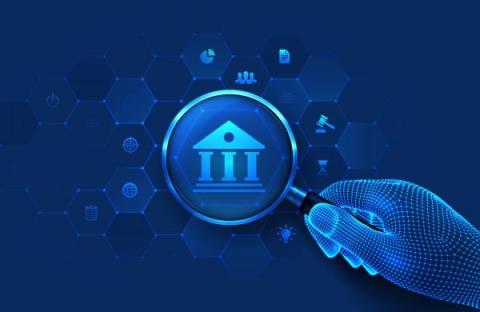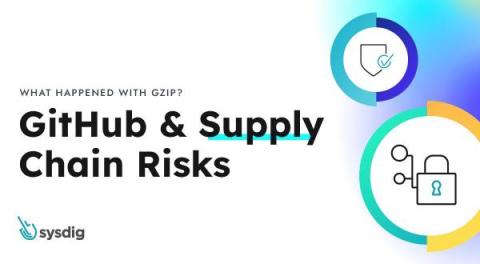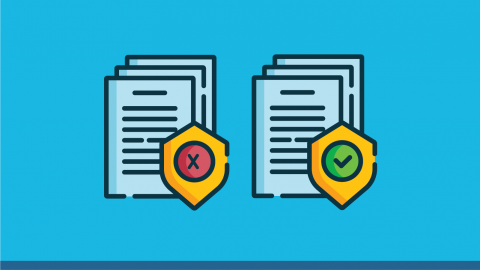Introducing Enterprise OPA: an Enterprise-grade OPA Distribution Built for Data-heavy Workloads
Today, we launched Enterprise OPA, an enterprise-grade OPA distribution built to provide resource-efficient performance for data-heavy authorization. Designed to mitigate the effects of data-heavy workloads, our new offering allows you to reduce infrastructure costs, optimize authorization performance and minimize enterprise risk with powerful live impact analysis, while connecting natively to existing data sources.









